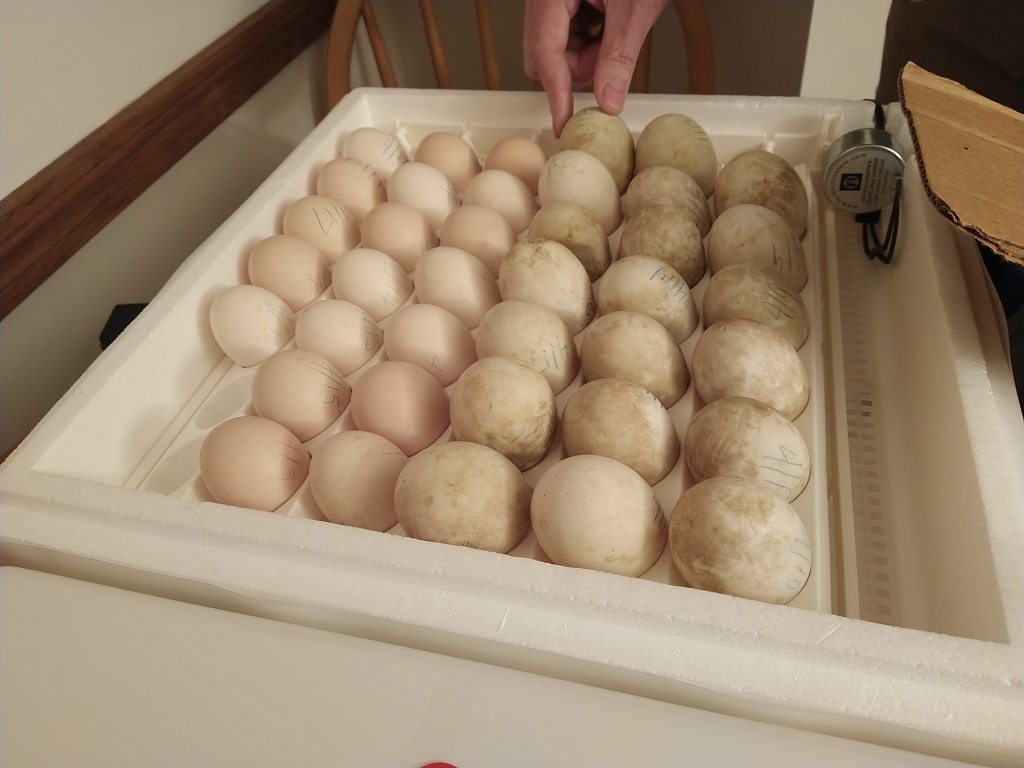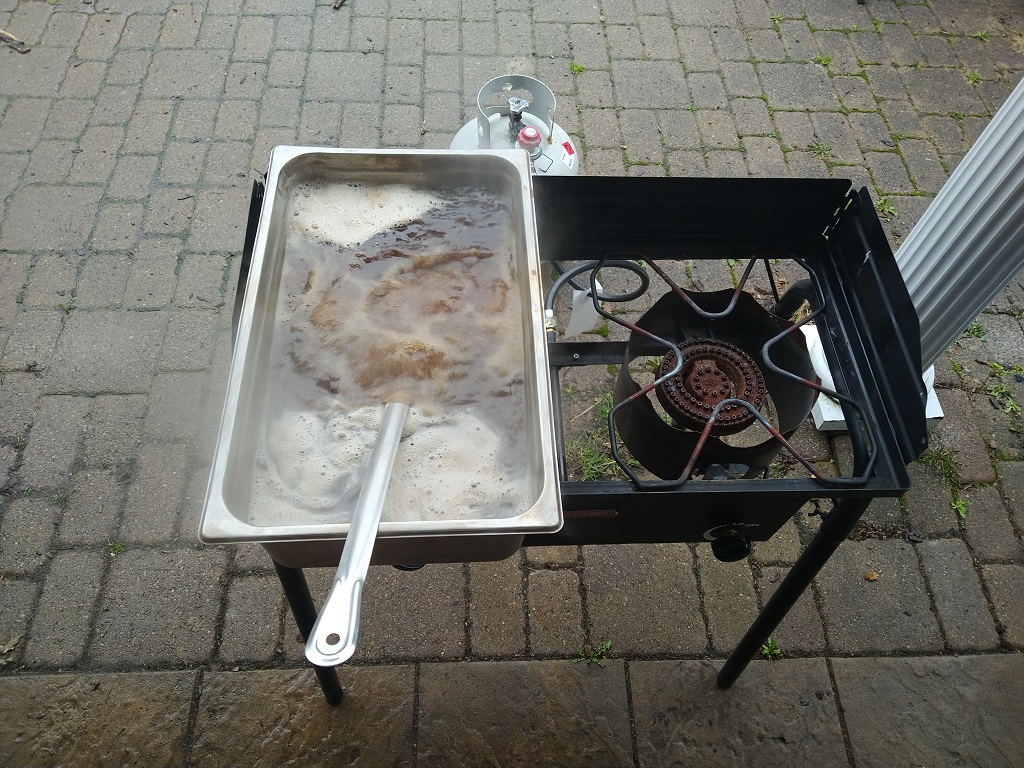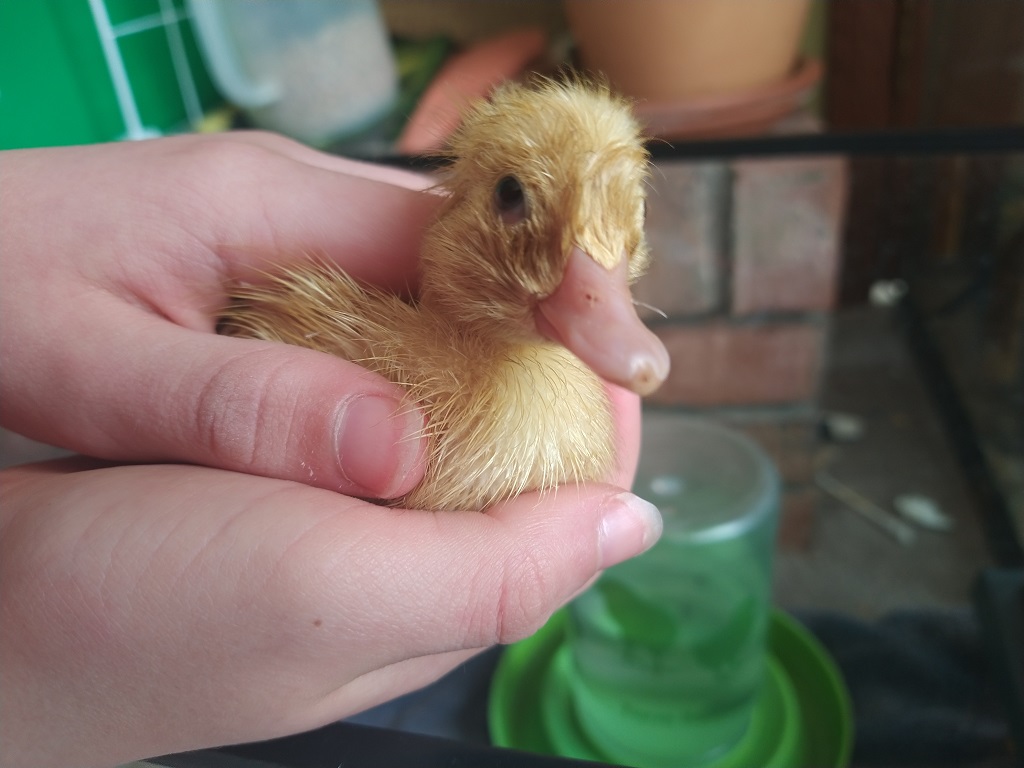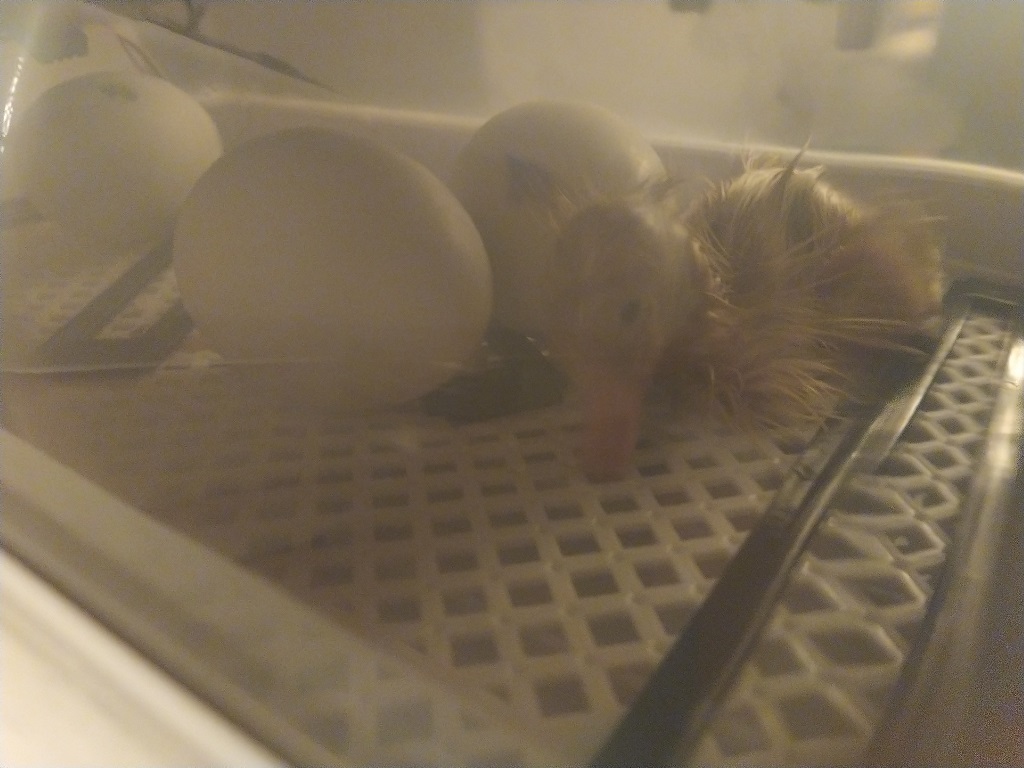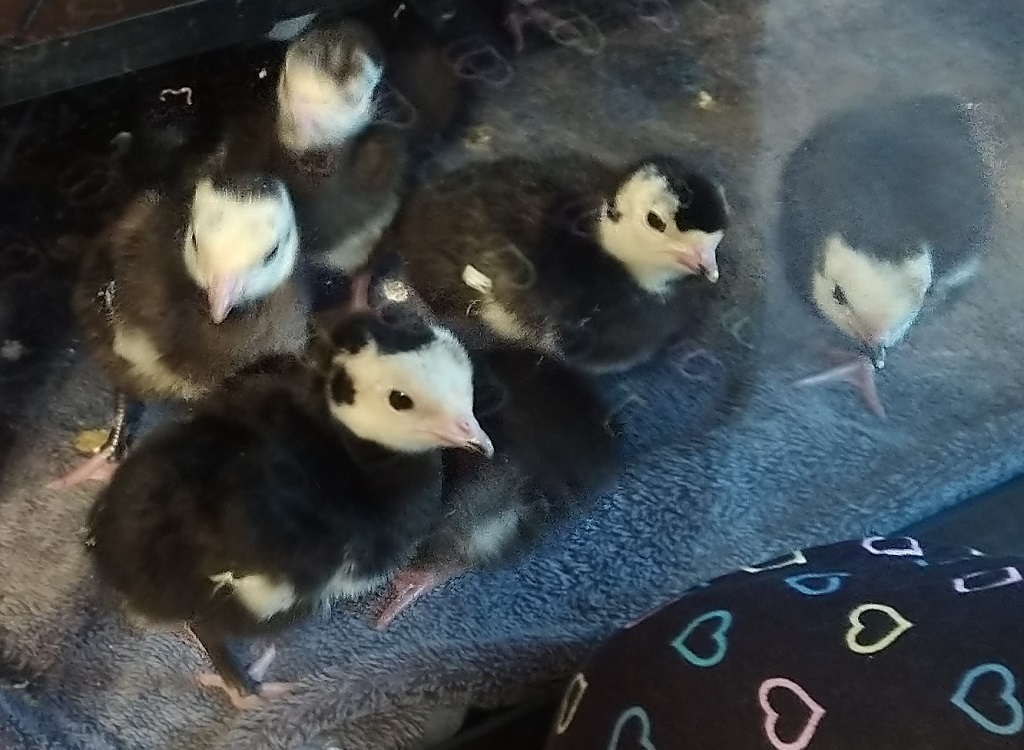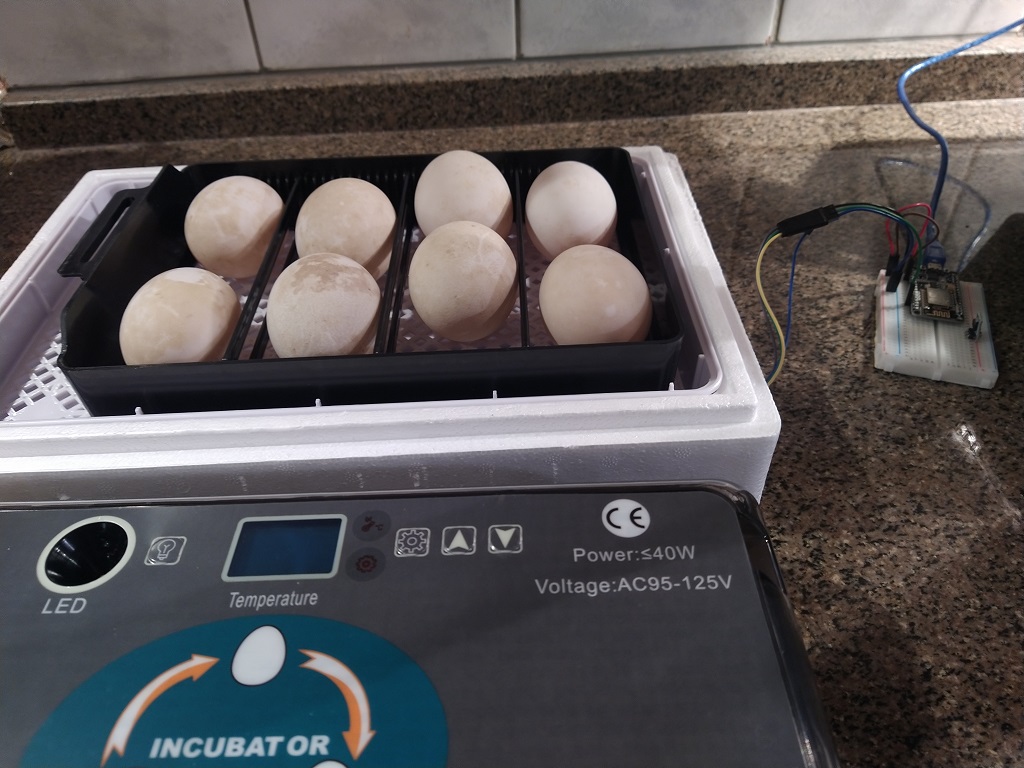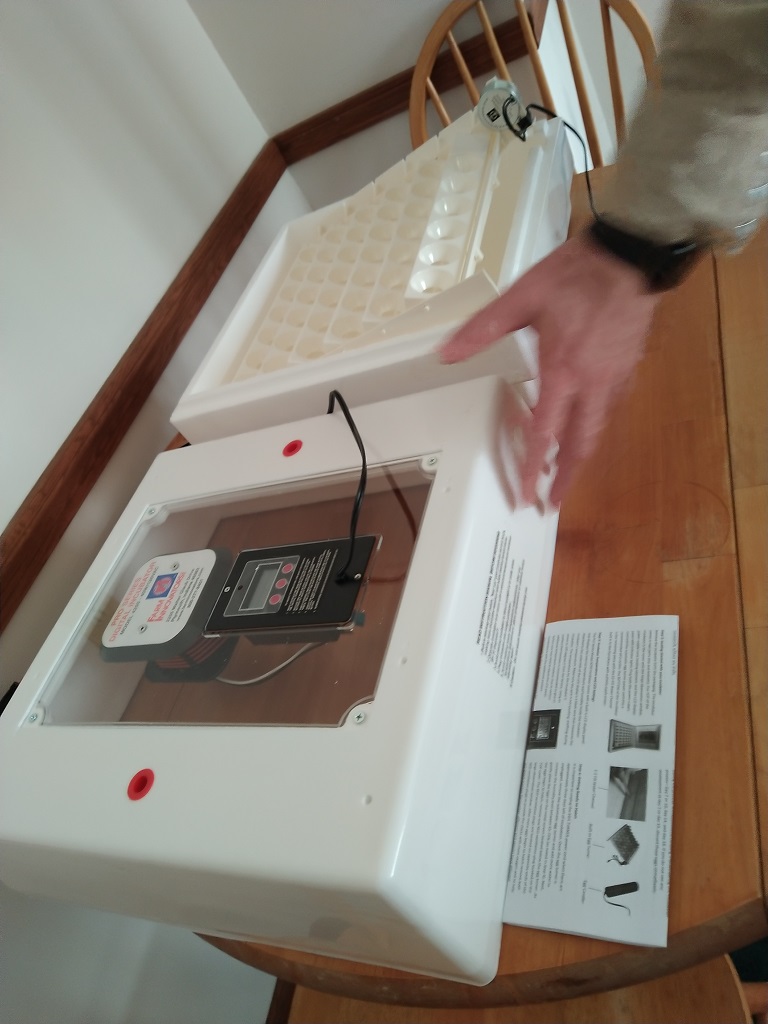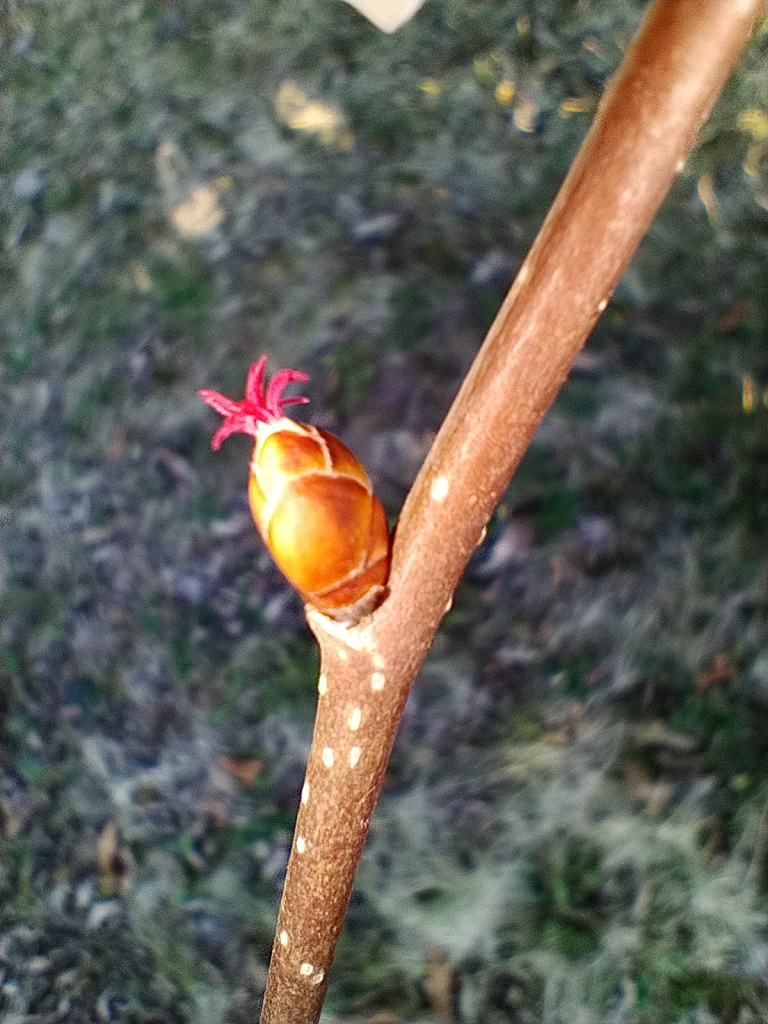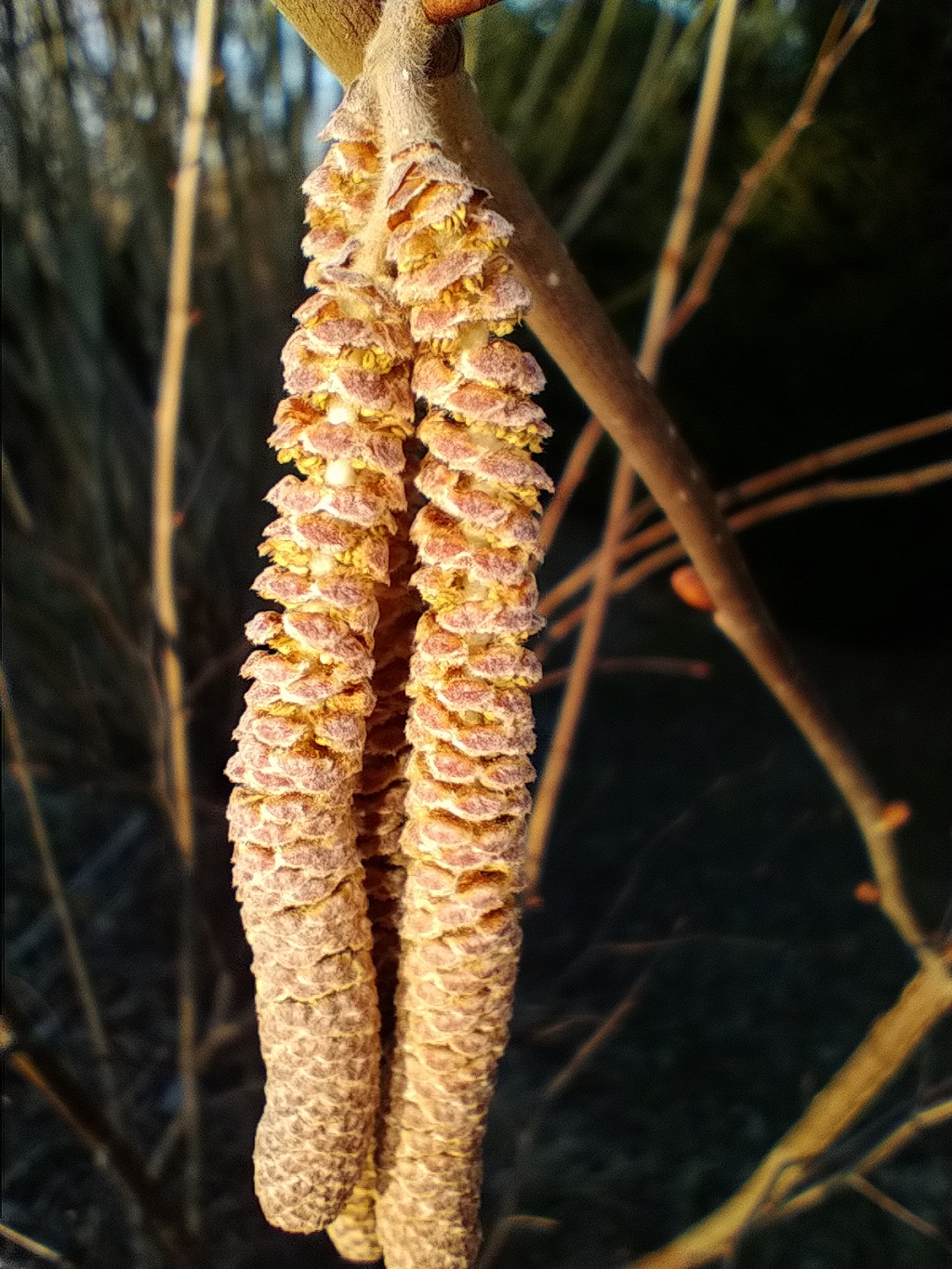Scott and Anya candled all of the eggs tonight — of the 41 eggs, there are three that might not be developing. But all of the eggs are still in the incubator because there weren’t any obviously undeveloped eggs. If all of these eggs hatch, we’re going to have an absolute swarm of baby birds!
Category: Homesteading
Proto-chickens and Proto-ducks
2022 Maple Season
Well, the 2022 maple season is over — I think our taps have dried up because we’ve had a few freeze/thaw days and haven’t really yielded an appreciable amount of sap. We only got like 2.5 gallons of syrup this year — much less than expected … and we need to be ready to tap in January next year when the first week of freeze/thaw hits. While I love the flavor of late-season syrup, we’re getting way too many warm days in March for good sap production.
Tiny Ducky
A Proto-Duck Emerges
Tiny Turkey Army, Take Two
The new turkeys arrived today — last year, USPS shipping was a horrible experience. This year, I called a few hatcheries to confirm they’ve been able to delivery healthy, happy poults. Meyers said they hadn’t had delivery problems, so we ordered 20 Black Spanish turkeys from them. They shipped yesterday, the shipping notice was delivered overnight, and the USPS clerk called at 6:30 this morning to let me know they arrived. Wow, was that early!
We got all the little ones into their brooder, fed, and watered (having more healthy birds seems to help because one little guy eats or drinks and a whole flock of little ones come over and copy it).
Farm Automation
Scott set up one of the ESP32’s that we use as environmental sensors to monitor the incubator. There’s an audible alarm if it gets too warm or cold, but that’s only useful if you’re pretty close to the unit. We had gotten a cheap rectangular incubator from Amazon — it’s got some quirks. The display says C, but if we’ve got eggs in a box that’s 100C? They’d be cooked. The number is F, but the letter “C” follows it … there’s supposed to be a calibration menu option, but there isn’t. Worse, though — the temperature sensor is off by a few degrees. If calibration was an option, that wouldn’t be a big deal … but the only way we’re able to get the device over 97F is by taping the temperature probe up to the top of the unit.
So we’ve got an DHT11 sensor inside of the incubator and the ESP32 sends temperature and humidity readings over MQTT to OpenHAB. There are text and audio alerts if the temperature or humidity aren’t in the “good” window. This means you can be out in the yard or away from home and still know if there’s a problem (since data is stored in a database table, we can even chart out the temperature or humidity across the entire incubation period).
We also bought a larger incubator for the chicken eggs — and there’s a new ESP32 and sensor in the larger incubator.
Incubators
We tried a cheap forced-air incubator from Amazon.
All of these little rectangular boxes seem to have the same design flaw: the fan and heater are in one corner of the incubator, and the hot air blows out of one side of the box. So there are really hot spots in the incubator and relatively cold spots.
Since we had a bad hatch rate (1 of 8) with the thing, we decided to get a bigger, better incubator. After researching a lot of options, we got the Farm Innovators 4250 — lots of space for eggs, a centrally located heater and fan that blow air all around, and a humidity sensor (looks to be the same DHT-11 that we use in our sensor). We’ll collect eggs and get a large batch going in a few weeks.
2022 Maple Season
We’ve been running the reverse osmosis system at about 95 PSI and concentrating the sap from around 2 percent to 7-8 percent. That’s a lot of water being pulled out (and the water tests at 0 … so we’re not wasting a statistically significant amount of sugar in the filtering process).
